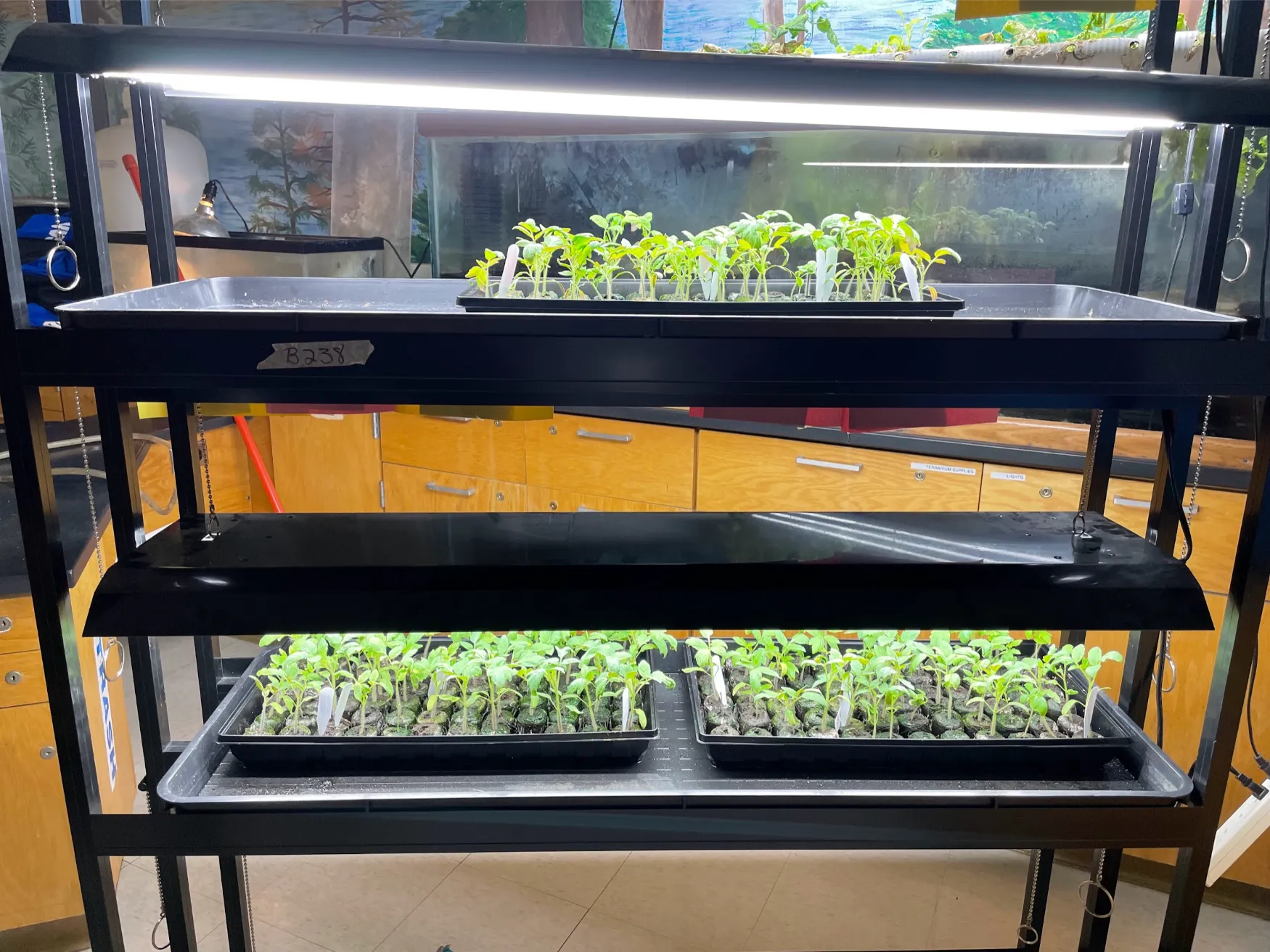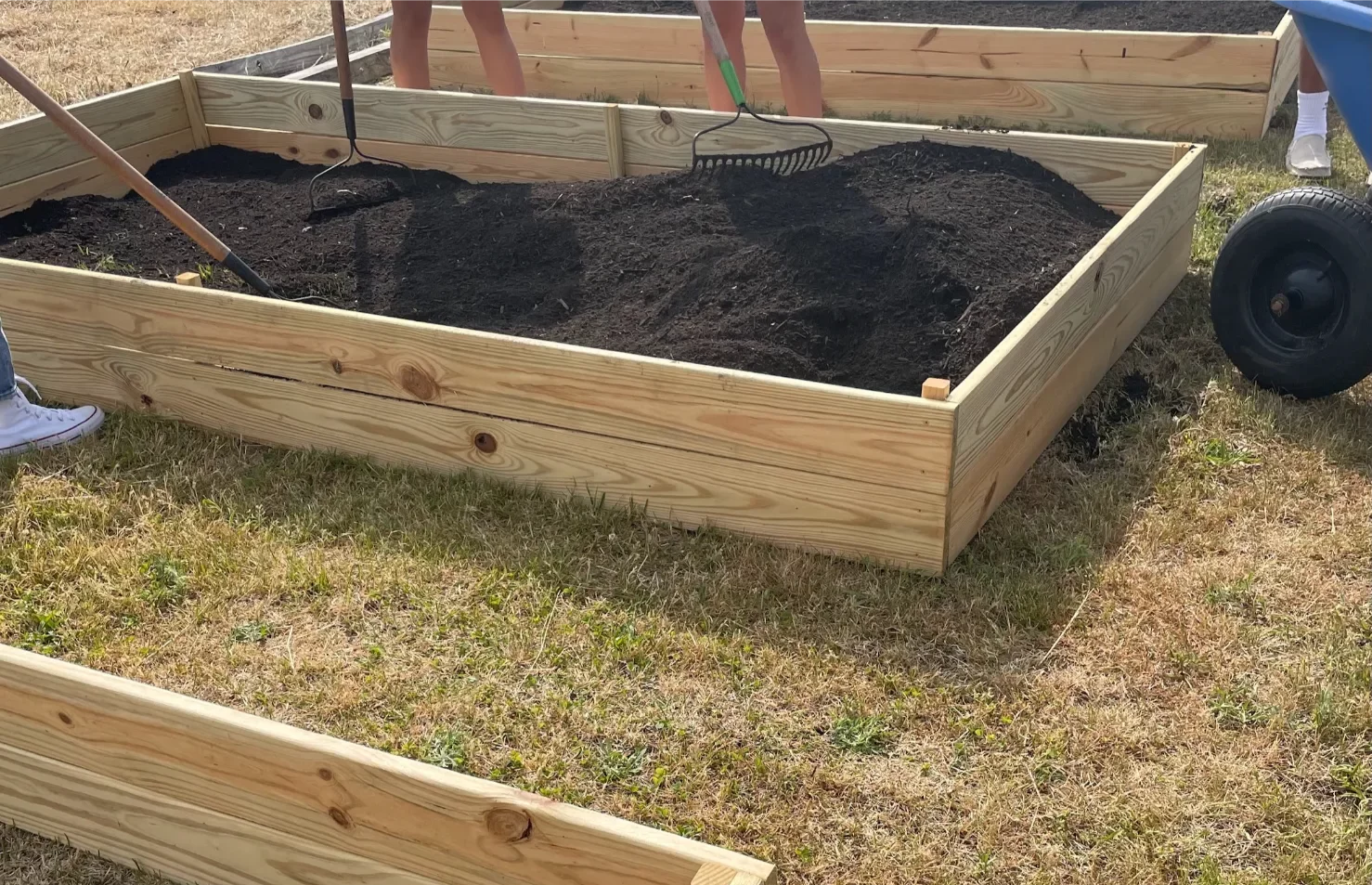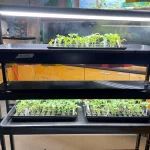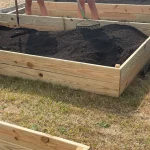Teacher: Christa Delaney

Christa Delaney
Christa has been teaching for nineteen years and currently teaches AP Environmental Science in New Jersey to 16-18 years old. She also works for SubjecttoClimate as a content creator. In 2021, she was the recipient of the Presidential Innovation Award for Environmental Educators- Honorable Mention category. In 2017, she was the recipient of the Governor’s Environmental Excellence Award in Education. The reason why Christa started to focus on climate education is because she wanted to tell her own children that she did something when faced with the climate crisis. She wants to make their future better by focusing on climate solutions now.
Usefull links related to the Solution
Overview
This project is focused on showcasing how crops and the production of crops will be affected by changes in climate. Christa designed the project to demonstrate, practically, to high school students the impact changes in temperature and precipitation could have on crop growth.
Theory of Change
Crop growth will be affected by changes in climate. Farmers rely on their current climate to determine which crops they should plant. The students learned about the challenges facing farmers in a changing climate. Students also learned how to grow plants in small growing apparatus which may be essential in the future for the production of crops. The project gives students a clearer understanding of the climate change challenges facing the farming industry.
Approach and Actions
Over the last two years, Christa has taught this project to 160 students. The lessons focus on how climate change impacts agriculture and the production of crops. Students were presented with information about how heat extremes and changes in precipitation will affect crop yields. This led to the students hypothesizing how changes in the climate may affect the germination of seeds. The students then chose one variable to work with – either temperature or water. Students predicted what would happen to the seeds that they planted and began planning their experiments. Each student set up control and experimental groups. The seeds were planted inside a tiered growing apparatus. The control group were grown at the average seasonal New Jersey temperature and received water in line with the average seasonal rainfall. The temperature or water that the experimental groups received was varied. Students then monitored the seeds for three weeks and recorded which seeds germinated, comparing the control and experimental groups. Since there were multiple groups completing this experiment average germination rates were calculated. At the end of the experiment, students made claims about ways that crops can be grown to adapt to a changing climate. The students saw that there was no easy way to mitigate the effects that climate would have on the crops. The viable seeds that had germinated were planted outside in the outdoor garden space and were harvested over the summer.
Some students were also part of an Environmental Action Club which visited a local farm to interview the farmers to investigate the farmers experiences of climate change and growing crops. The students recorded their interviews and presented them to all students in the group after the project was completed.
Impact
In the classroom, students were able to participate in an experiment with real world implications. The skills involved in indoor cultivation could be used by the students in their own lives in the future. Students also became very aware of the impact that climate change may have on their everyday lives. This series of lessons was written when Christa was a New Jersey Teaching Fellow and is now available on the SubjecttoClimate’s website. Since the resources and lesson plans are freely available, they may have been used in many different classrooms and therefore could be having a significant impact in a variety of contexts.



